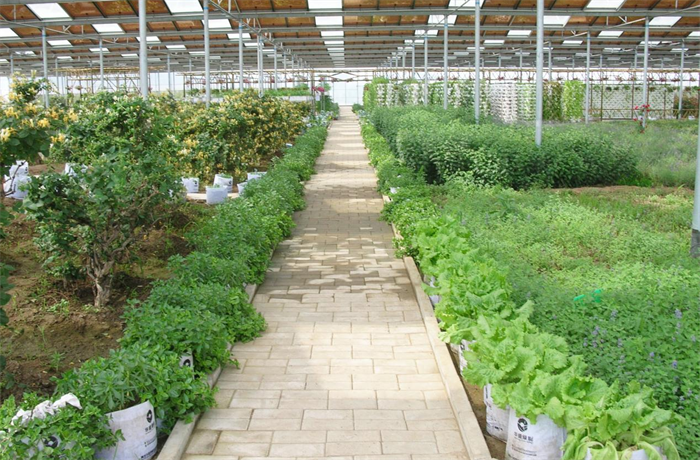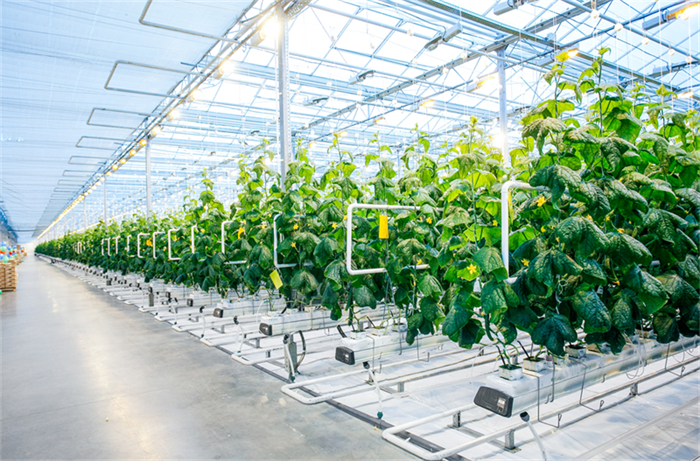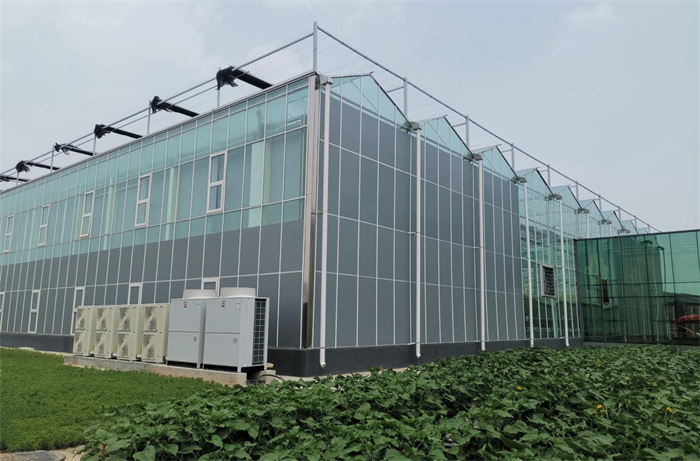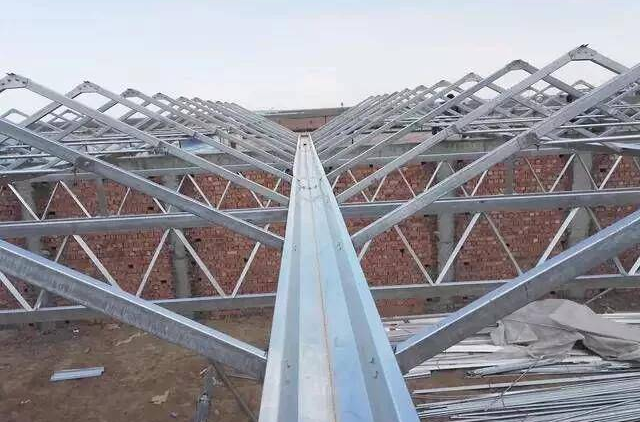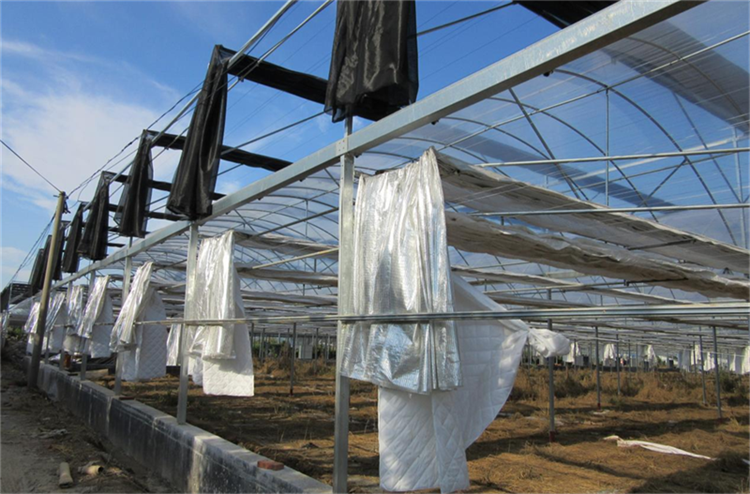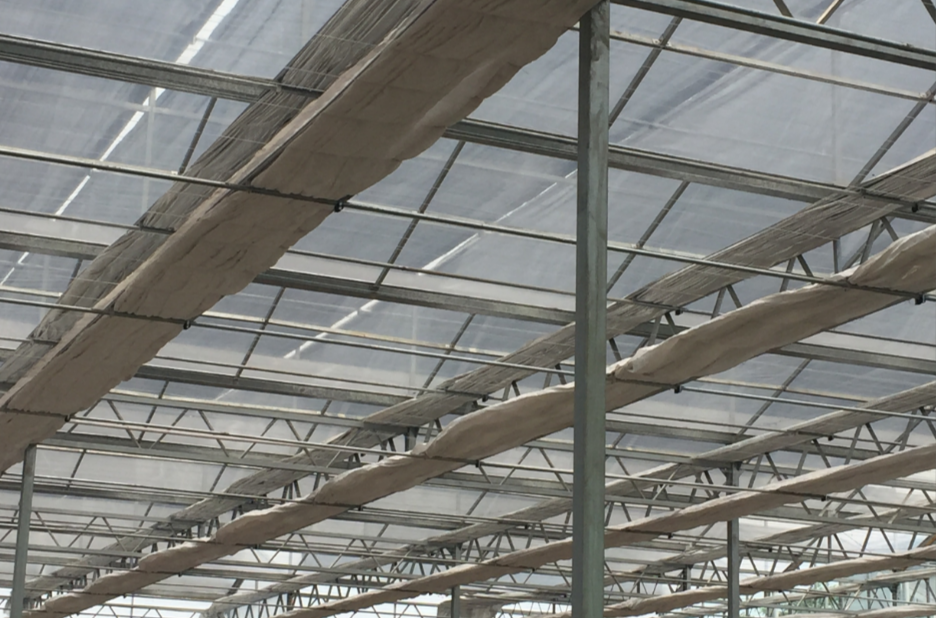Many of our dresses feature beautiful beading on the sleeves
Greenhouses are mainly used in seasons and places that are not suitable for plant growth. Through the greenhouse's water supply system, temperature control system, auxiliary lighting system and humidity control system, the internal environment of the greenhouse is timely adjusted to provide a greenhouse growth environment suitable for the growth of crops, which has achieved the goal of extending the growth of crops. During the growing period, the purpose is to increase crop yields.
(1) Reduce crop diseases and insect pests by adjusting the temperature and humidity in the greenhouse, thereby reducing or even eliminating pesticide use. In the traditional planting industry, the main reason why crops suffer from pests and diseases is due to the temperature and humidity of the open air environment. In a greenhouse, the temperature and humidity of the greenhouse can be appropriately adjusted according to the type of crops grown, so that the crop growth environment is not conducive to pests and diseases. The breeding of crops can effectively reduce the probability of crops suffering from pests and diseases, thereby reducing the use of pesticides related to disinfecting pests and diseases, and achieving the growth of crops without chemical residues.
(2) The regulation of the environment in the shed is conducive to increasing crop yields and even accelerating crop maturity. Greenhouses use the operation of some control systems to create an environment suitable for crop growth, which can improve and promote the growth, development and metabolism of crops, and reduce the slow growth or insufficient growth quality of crops caused by changes in climate, temperature, precipitation, etc. in the open air environment. Phenomenon, to a large extent, promotes the accelerated growth and maturity of crops, and can also improve growth quality and thereby increase yield.
(3) Provide a suitable growth environment for regional and seasonal crops and solve the production and supply problems of regional and seasonal crops. The functions of greenhouse environment creation and climate adjustment can not only create an environment suitable for the growth and development of crops, but also solve the long-term growth problems of different seasonal crops. Even some crops that are difficult to grow in the open air can be grown in Normal growth in greenhouses has allowed many off-season vegetables to appear on our tables, and the quality of crops has also been greatly improved.
2. In terms of environmental protection and industrialization
(1) Saving agricultural water will help alleviate water shortages. Since the greenhouse uses an all-in-one water and fertilizer machine for watering, the entire process has realized intelligent, timed and quantitative irrigation. Basically, the irrigation water can only be infiltrated in the root development and growth area of the crops, greatly reducing the amount of agricultural irrigation water. . With the continuous improvement of greenhouse planting technology and the expansion and promotion of projects, the demand for agricultural irrigation water will be further reduced in the future, which will be of great help in alleviating water shortages.
(2) Improve the utilization rate of agricultural chemical fertilizers, reduce the amount of fertilizer applied, activate the soil, and improve soil quality. On the one hand, water-fertilizer machines are widely used in greenhouses for irrigation, which can directly transport chemical fertilizers to plant roots evenly with water, which not only improves the utilization rate of chemical fertilizers, but also reduces the amount of chemical fertilizers used. On the other hand, intelligent irrigation can not only reduce soil hardening caused by flood irrigation and uneven fertilizers, but also make the soil on agricultural land more permeable, thereby improving soil quality.
(3) Better meet global human demand for crops and improve the quality of crops. For a long time, our crop production and consumption areas have had cross-regional deployment problems. The deployment process not only increases the price of crop products, but also often leads to a reduction in supply due to the long deployment time. The emergence of greenhouse cultivation has solved the above problems well and can also produce off-season and pollution-free vegetables and fruits, further meeting the consumption needs of different groups of people.
(4) Faster and better promotion of the application of advanced technologies in agriculture will greatly promote the development of modern agriculture. Greenhouses are not only an intensive industry, but also a high-tech industry. Advanced technology can not only efficiently utilize natural energy, but also continuously promote the development of cultivation, water-saving, formula, standardization and other technologies, which is of great significance to the development of advanced modern agriculture. promotion effect.
(5) Reduce investment risks in agriculture and planting industries, and promote the industrialized development of agriculture and planting industries. Greenhouses effectively avoid the profound impact of climate, environment, and natural disasters on agriculture and planting, and are of great help to the continuous development and expansion of agriculture and planting.
All in all, the application and promotion of greenhouses can solve our problem of supply and demand for crops, and can also be of great help in water and energy conservation. It not only meets people's needs, but also protects the environment.





